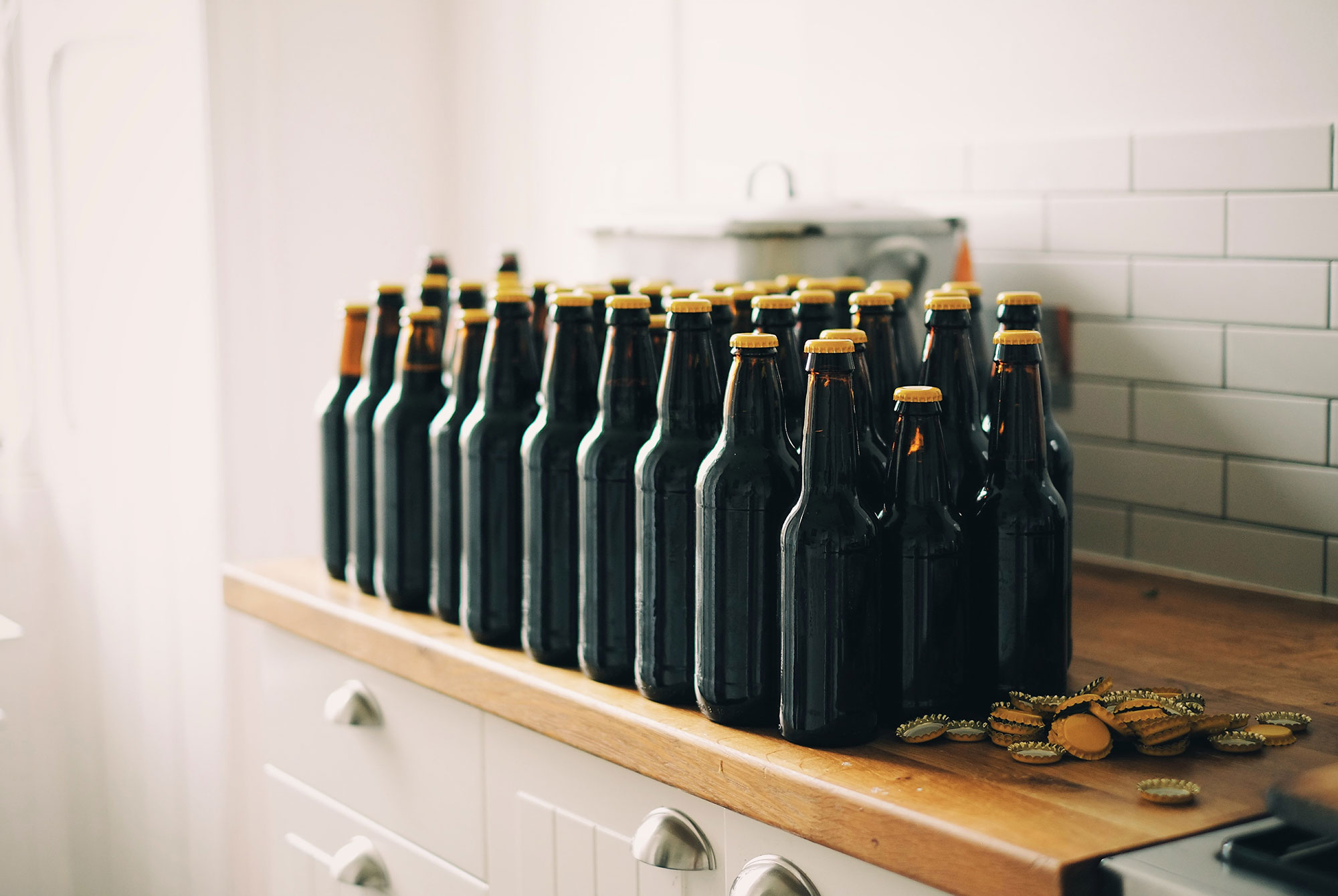Shop
What’s a Bock Beer?
A dark and smooth lager for stepping past light pilsners into a storied past.
If you’re looking to drink a beer with a robust history and flavor, consider a traditional German bock. Like many German beer styles, it dates back to the Medieval era and is, historically at least, so much more than just a beer.
Originally brewed in the northern town of Einbeck during the fourteenth century, the style gradually moved south to the city of Munich by the seventeenth century. Due to subtle language differences between the north and south of Germany, the pronunciation of the beer from Einbeck was misconstrued by the Bavarians to sounds like “ein bock,” which means “billy goat” in German. The name stuck, as did the image of a billy goat, which still adorns bock labels to this day.
Bock is a bottom fermenting lager and typically spends extra time in cold storage during the winter months to smooth the intense flavors that develop during the brewing process. Bavarian monks brewed and enjoyed this strong beer as a symbol of better times to come, often during Lenten fasts which coincided with the departure from winter. A beer meant for special occasions, Bock has been a part of German celebrations for longer than America has been a country.
Stronger than a typical lager, bock is dark amber in color with robust malt flavors and very light hoppiness. A normal bock falls within the ABV range of 6 to 7 percent and has a very smooth mouthfeel and low carbonation. Substyles of bock vary in flavor and profile: a maibock is paler and has more hops while a doppelbock is heavier, darker, and maltier.
Modern day American versions of the style include Sam Adams Winter Lager (MA) and Great Lakes Rockefeller Bock (OH).


